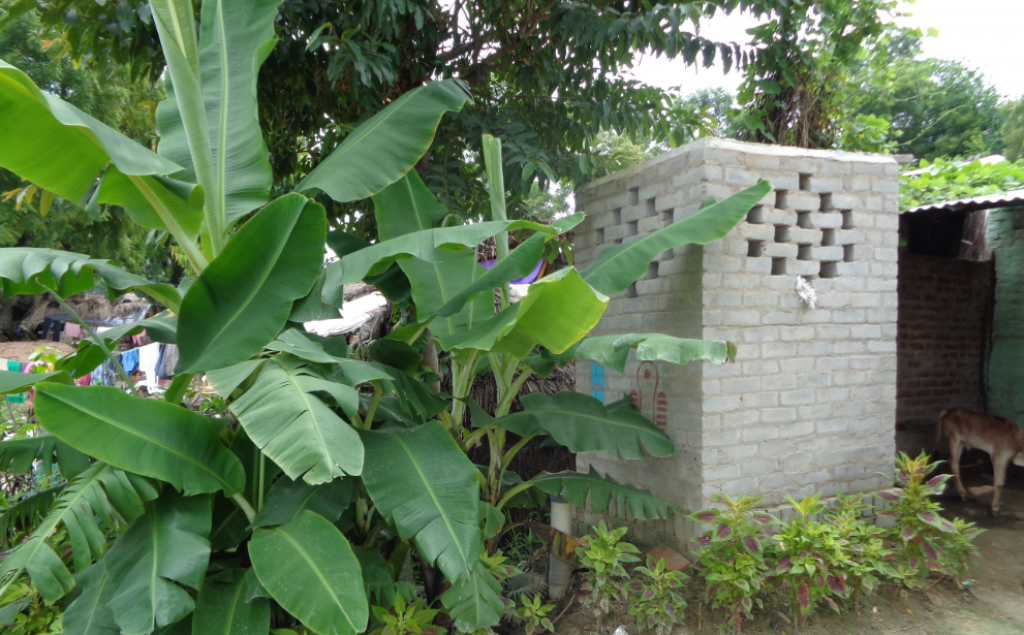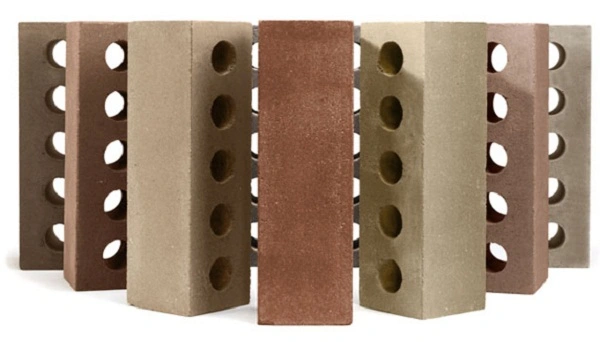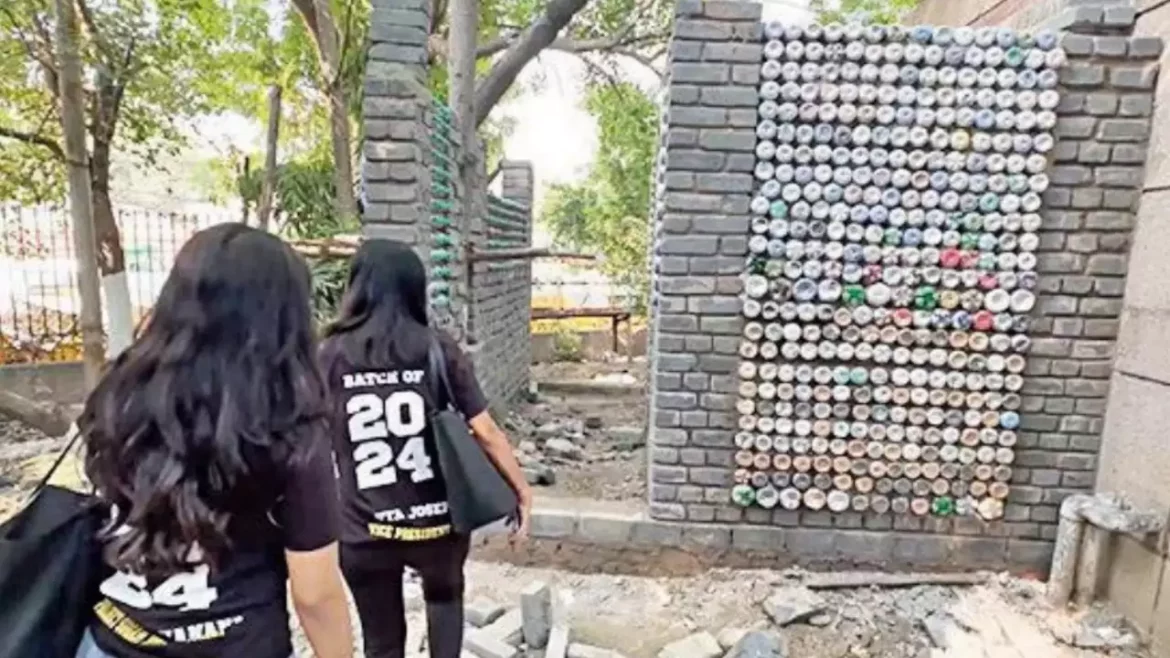\In today’s world, sustainable practices are becoming increasingly important to combat environmental challenges. One area where innovation and eco-consciousness are making strides is in the construction industry. Architects, engineers, and designers are constantly seeking new ways to create structures that are not only functional but also environmentally friendly. An excellent example of this is the emergence of public toilets made of eco-bricks and fly-ash, which combine sustainability with sanitation.
Traditional public toilets, often made of concrete or steel, have a significant environmental impact due to the materials used and the energy required for their production. However, the concept of an eco-toilet revolutionizes the way we think about these facilities. Eco-bricks, also known as plastic bricks, are created by stuffing plastic bottles tightly with non-biodegradable waste such as plastic wrappers, bags, and other single-use plastic items. These bricks are not only an innovative solution for waste management but also provide a durable and sturdy building material.
When it comes to constructing public toilets, fly-ash, a byproduct of coal combustion, plays a crucial role. Fly-ash is a fine powder that is typically discarded as waste, but it can be used as a partial replacement for cement in building materials. By incorporating fly-ash into the construction of public toilets, we reduce the demand for cement, which is known to have a high carbon footprint.
The advantages of using eco-bricks and fly-ash for public toilets are numerous. Firstly, it helps in effectively managing plastic waste that would otherwise end up in landfills or oceans, causing harm to the environment and wildlife. By upcycling plastic waste into eco-bricks, we give it a second life and prevent it from polluting our ecosystems.
Secondly, the use of fly-ash reduces the carbon footprint associated with traditional cement

production. Cement manufacturing is a major contributor to greenhouse gas emissions, and by substituting a portion of cement with fly-ash, we can significantly decrease the environmental impact of building construction. This not only helps in conserving natural resources but also contributes to the fight against climate change.
Moreover, eco-bricks and fly-ash offer excellent insulation properties, keeping the public toilet cooler in hot climates and reducing the need for excessive air conditioning. This, in turn, leads to energy savings and a more comfortable experience for the users.
Furthermore, the construction process itself is relatively straightforward and cost-effective. Eco-bricks are easy to make, requiring minimal resources, and can be produced with community involvement. Similarly, fly-ash can be easily sourced from power plants, reducing the overall material costs. This makes the construction of eco-toilets an economically viable option, particularly in areas with limited resources and infrastructure.
In addition to the environmental benefits, public toilets made of eco-bricks and fly-ash also promote awareness and education about sustainability. By incorporating these materials into public infrastructure, we create visible examples of eco-friendly practices that can inspire individuals and communities to adopt similar approaches in their daily lives. These toilets serve as a reminder that sustainable solutions are within our reach and can be implemented in various aspects of our society.

In conclusion, the development of public toilets made of eco-bricks and fly-ash represents a significant step towards a greener and more sustainable future. By effectively managing plastic waste, reducing carbon emissions, and conserving resources, these eco-toilets offer a practical and environmentally conscious solution. As we continue to seek innovative ways to tackle environmental challenges, embracing such eco-friendly construction practices will help us create a more resilient and harmonious world for future generations.

